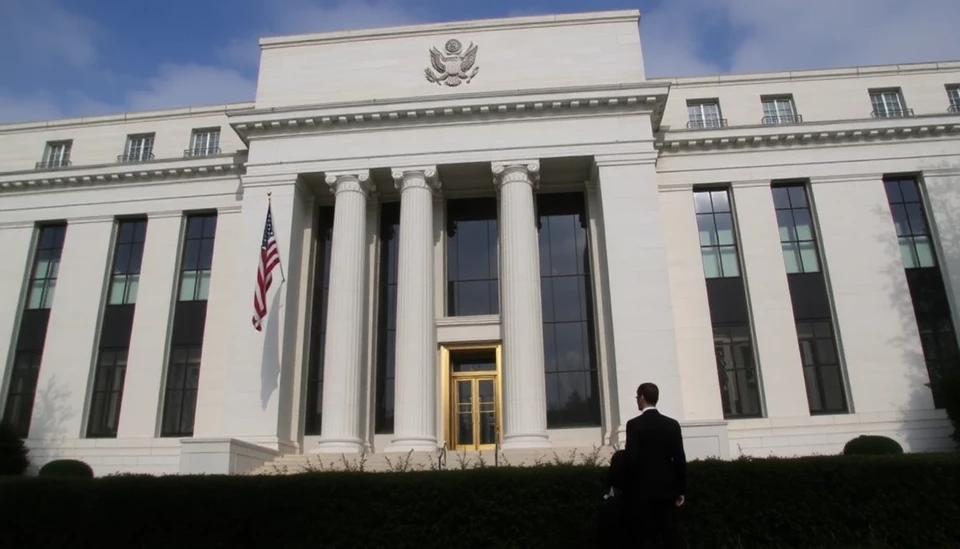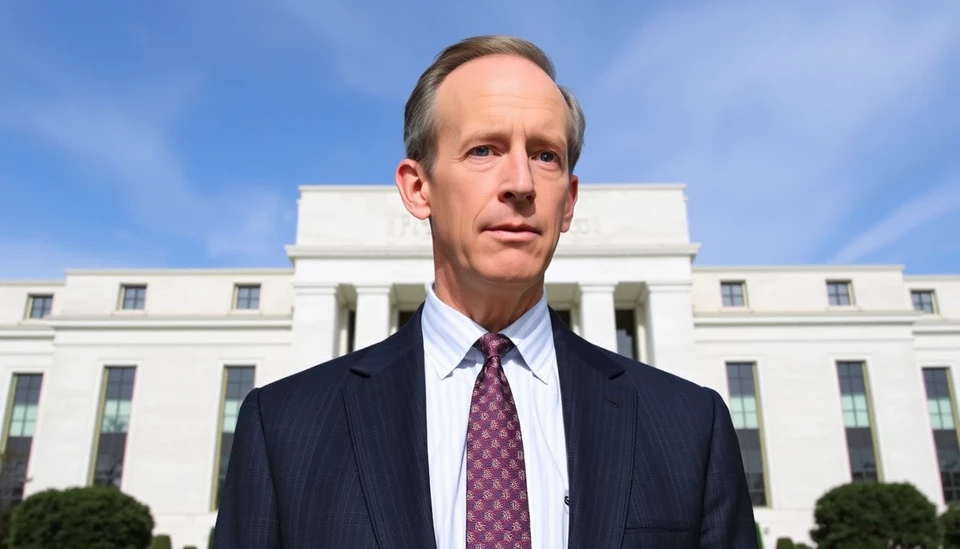
The financial landscape on Wall Street is becoming increasingly uncertain as the Federal Reserve's latest moves raise speculation about the future of quantitative tightening (QT). Market participants are now grappling with when exactly the Fed will halt its tightening measures, causing ripples across various sectors of the economy.
In a recent meeting, the Federal Reserve hinted at the possibility of continuing its QT policies, which involve reducing the balance sheet accumulated through years of bond purchases aimed at stimulating the economy. While the intention is to combat inflation, Wall Street analysts are expressing concern over the potential repercussions of these actions on market stability and growth.
Traders and investors are now faced with the challenge of interpreting the Fed’s signals accurately. The uncertainty surrounding the QT timeline is causing volatility in stock prices, as many fear that persistent interest rate hikes and the reduction of the Fed’s asset holdings could lead to an economic slowdown. This anxiety is evident in the broader market movements, with indices reflecting mixed performances as traders react to the Fed's communications.
The Fed’s approach towards tightening monetary policy is being closely monitored, especially since it directly impacts borrowing costs for consumers and businesses alike. Higher interest rates can suppress economic activity, making it more expensive for individuals to get loans, and discouraging businesses from expanding. As a result, analysts warn that the potential consequences of these policies are significant, and the Fed may need to tread carefully to avoid plunging the economy into a recession.
Moreover, recent economic data has been showing contrasting signals, leading to heightened confusion. On one hand, strong labor market indicators suggest resilience; on the other, consumer spending appears to be slowing, hinting at a possible weakening in economic momentum. This dichotomy adds another layer of complexity for the Fed as it navigates its next steps in the tightening cycle.
In light of these developments, investors are encouraged to stay informed and be prepared for potential market fluctuations. The combination of the Fed’s actions and varying economic data may create both opportunities and risks moving forward. With speculations abound, the anticipation of upcoming announcements from the Fed is mounting, as they will likely provide more clarity on the future direction of monetary policy.
Ultimately, the journey ahead for Wall Street remains fraught with uncertainty as the Fed's monetary policy decisions will continue to have a profound impact on the financial markets. Traders and investors must remain vigilant and ready to adapt to the ever-evolving economic landscape shaped by these pivotal policies.
#FederalReserve #WallStreet #QuantitativeTightening #Economy #InterestRates #MarketVolatility #FinancialNews
Author: Laura Mitchell




